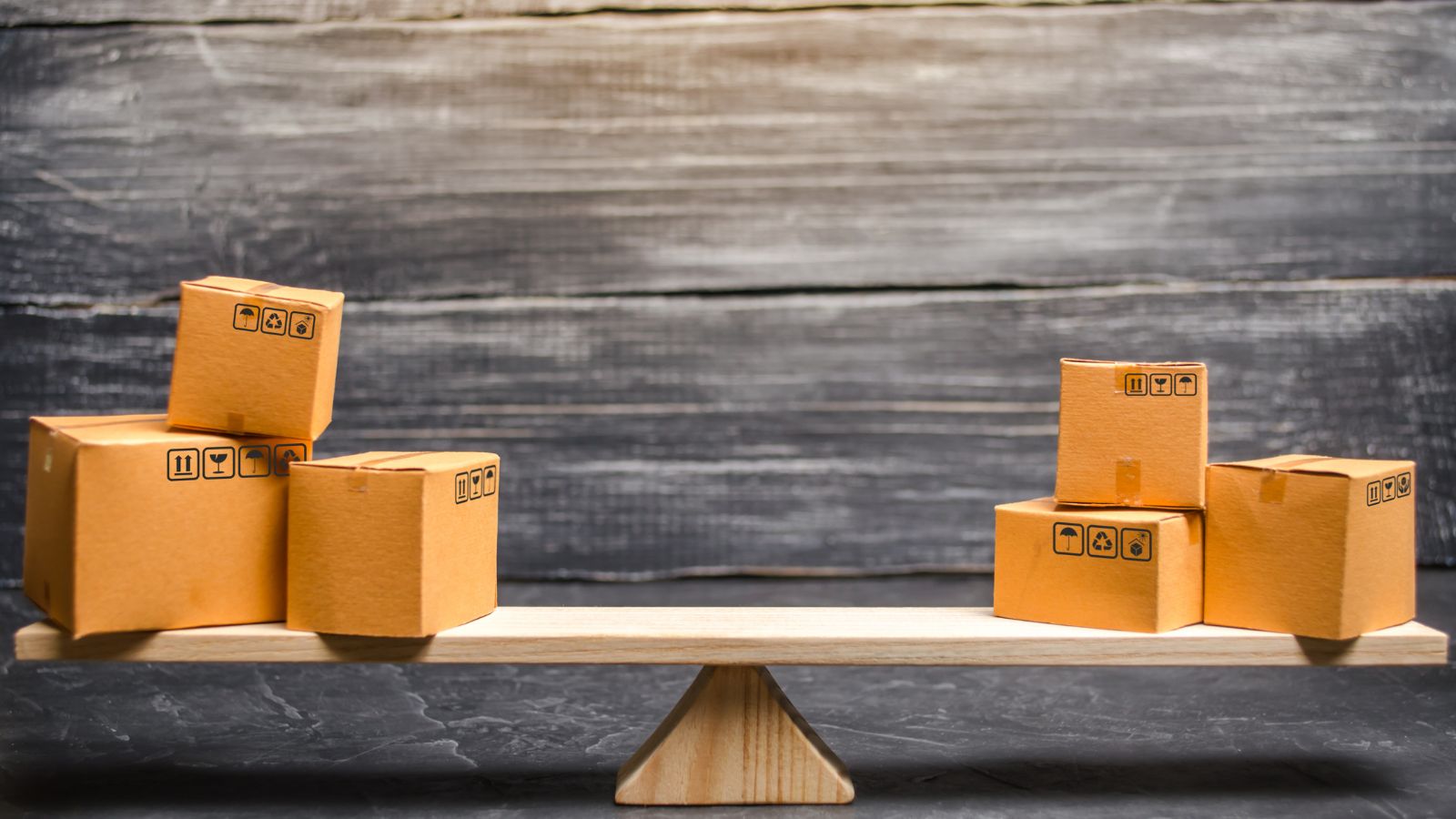Canadians have always had a knack for pulling together when times get tough. And the recent trade disputes with the U.S. have shown how much heart and ingenuity exists in every corner of our country. What might have been a story of division and uncertainty has instead become a story of unity, creativity, and genuine care for our communities.
In this article, we explore 20 ways Canadians are sticking together to overcome U.S. trade barriers.
Retaliatory Tariffs

When the U.S. slapped tariffs on Canadian exports, it wasn’t long before our government responded in kind. Ranging from liquors and vegetables to clothing and perfumes, the government sent a clear message: Canada won’t be pushed around by imposing retaliatory tariffs on American goods. This wasn’t just about numbers on a spreadsheet; it was a signal that our industries and workers matter.
The Trade Impact Program

One of the brightest sparks of hope came from the introduction of the $5 billion Trade Impact Program. This initiative was created to help exporters diversify their markets and buffer the immediate impact of U.S. tariffs. For many small businesses feeling the pinch, this program acted as a financial support.
Business Development Loans

Small businesses are the lifeblood of our communities, and when trade barriers threaten their survival, everyone feels the sting. In response, the Business Development Bank of Canada rolled out $500 million in low-interest loans.
These loans have helped countless businesses keep their doors open, pay their employees, and continue serving the communities that depend on them.
The “Buy Canadian” Movement

Across the country, a grassroots movement has taken root. A movement where 85% of Canadians are actively choosing local over American. This isn’t about patriotism for the sake of slogans; it’s about trust in our products and a deep-seated belief that supporting homegrown businesses helps everyone.
Social media has played its part, with stories and posts encouraging neighbors, friends, and families to buy Canadian, proving that small decisions can lead to a big impact.
Provincial Initiatives

Not all solutions come from Ottawa. In provinces like Ontario and Quebec, local governments have taken matters into their own hands. For example, Liquor stores have been asked to remove certain American products from their shelves. And contracts are being reviewed to favor Canadian suppliers. These actions show that sometimes, the best solutions start right in our communities.
Supporting Workers

Behind every statistic and tariff is a person—a worker, a parent, a neighbor. Recognizing this, the government has introduced relief packages aimed at supporting those most affected by the trade disruptions.
These measures include everything from job retraining programs to fast-tracked resource projects like new oil pipelines. It’s a reassurance that the government is truly committed to ensuring that every Canadian feels secure in these uncertain times.
Breaking Down Internal Barriers

While much of the focus has been on external trade issues, Canadians have also looked inward. Efforts to remove trade barriers between provinces have been ramped up, making it easier for goods and services to move freely within our borders.
This internal unity strengthens our economy and reminds us that when we work together, we’re more than the sum of our parts.
Public Awareness Campaigns

Sometimes, the most powerful movement is one that starts with a conversation. Public awareness campaigns, featuring well-known figures like Mike Myers, have taken to airwaves and social media to remind Canadians of the importance of buying local.
These aren’t your typical government ads; they’re personal appeals from trusted voices, urging us all to stand together and support our own.
Diversifying Export Markets

Trade is a global game, and relying on a single market can be risky. That’s why many Canadian companies are actively exploring new export markets beyond the U.S.
From Asia to Europe, businesses are broadening their horizons and tapping into new consumer bases. This diversification is a declaration that Canadian ingenuity knows no bounds.
Legal Challenges

Canada has taken its dispute with U.S. tariffs to the World Trade Organization, challenging what many see as unjust practices. This isn’t just about legal battles; it’s a stand for fairness on a global stage.
Canada is fighting for itself and the integrity of the global trading system by insisting that trade should be based on reciprocity and respect.
Grassroots Community Initiatives

Across Canada, communities are finding creative ways to support one another. Local pop-up markets, community fairs, and festivals are sprouting up everywhere. Each one celebrates Canadian talent and products. These grassroots efforts aren’t driven by policy—they’re driven by passion.
Changing the Rules on Government Spending

Government spending is another powerful tool in the fight against unfair trade practices. Many local governments have started to revise procurement policies to favor Canadian companies over their foreign counterparts.
It’s a simple but effective strategy—investing in our people and companies boosts our economy and reinforces the message that Canada believes in its own potential.
Educational Efforts

Knowledge is power. And educational campaigns across the country are helping to empower Canadians with information about why buying local matters.
Workshops, seminars, and online resources are demystifying the complexities of trade and helping everyday people understand how their purchasing decisions can make a difference. When we know why something matters, we’re more likely to support it with our hearts and our wallets.
Small Business Support

Small businesses are more than just economic entities; they’re part of the fabric of our neighborhoods. Recognizing their importance, various programs have been put in place to help small business owners navigate these turbulent times.
Whether it’s through financial aid, mentorship, or access to cutting-edge technology, these initiatives are designed to help local businesses not only survive but thrive.
Investing in Domestic Manufacturing

There’s a growing sense that it’s time to invest in what we can build at home. Canada is taking a hard look at its manufacturing capabilities by modernizing its production facilities and fostering technological innovation.
This isn’t just a short-term fix. It’s a long-term strategy to reduce dependency on imported goods and to build a more self-reliant economy.
Reaching Out Internationally

In response to U.S. trade barriers, Canadian businesses and the government are reaching out to forge new international partnerships.
Canada is carving out new opportunities for its industries by signing fresh trade agreements and strengthening ties with like-minded nations. These international collaborations are a testament to the fact that when one door closes, another one opens.
Public Demonstrations

There’s power in numbers, and across the nation, Canadians have taken to the streets to make their voices heard.
Peaceful demonstrations and rallies have become common sights in cities large and small. These gatherings are about more than protest. They’re about expressing a shared desire for fairness and respect.
Positive Media Campaigns

Advertisements and news stories highlighting the best of Canadian innovation, creativity, and community spirit have helped change public perception. These campaigns do more than sell products—they inspire confidence.
The media is playing a crucial role in building a narrative of hope and resilience by focusing on our strengths and celebrating our successes.
Innovation Through Research and Development

Innovation isn’t just a buzzword; it’s the engine that drives progress. Canada is investing in research and development to help its industries stay ahead of the curve.
From new technologies to improved manufacturing processes, these efforts are designed to keep Canadian businesses competitive in an ever-changing global market. We’re tackling the challenges of today and paving the way for breakthroughs that will define tomorrow by encouraging innovation.
Strengthening Our Domestic Supply Chains

One of the most significant challenges we face is ensuring that our supply chains are strong and resilient. Canadian companies are building a safety net that can weather external shocks by focusing on domestic production and reducing our reliance on imports.
Conclusion

The story of Canada’s response to U.S. trade barriers is still being written. Every day, in boardrooms and in kitchens, on city streets and in small towns.
Canadians are writing a new chapter—a chapter of hope, determination, and genuine care for one another. It’s a story that reminds us that even in the face of tough challenges, the power of unity can light the way forward.
So here’s to the people of Canada—the dreamers, the doers, the fighters, and the believers. Your actions today are the seeds of a stronger tomorrow, and together, there’s no challenge too great to overcome.
25 Countries Predicted to Become Economic Superpowers in the Next 20 Years

The strength of an economy plays a crucial role in various international policies about trade and relations. Certain factors determine the strength of an economy, including population growth, availability of resources, and development and advancement. Here are 25 countries predicted to become economic superpowers in the next 20 years
25 Countries Predicted to Become Economic Superpowers in the Next 20 Years
